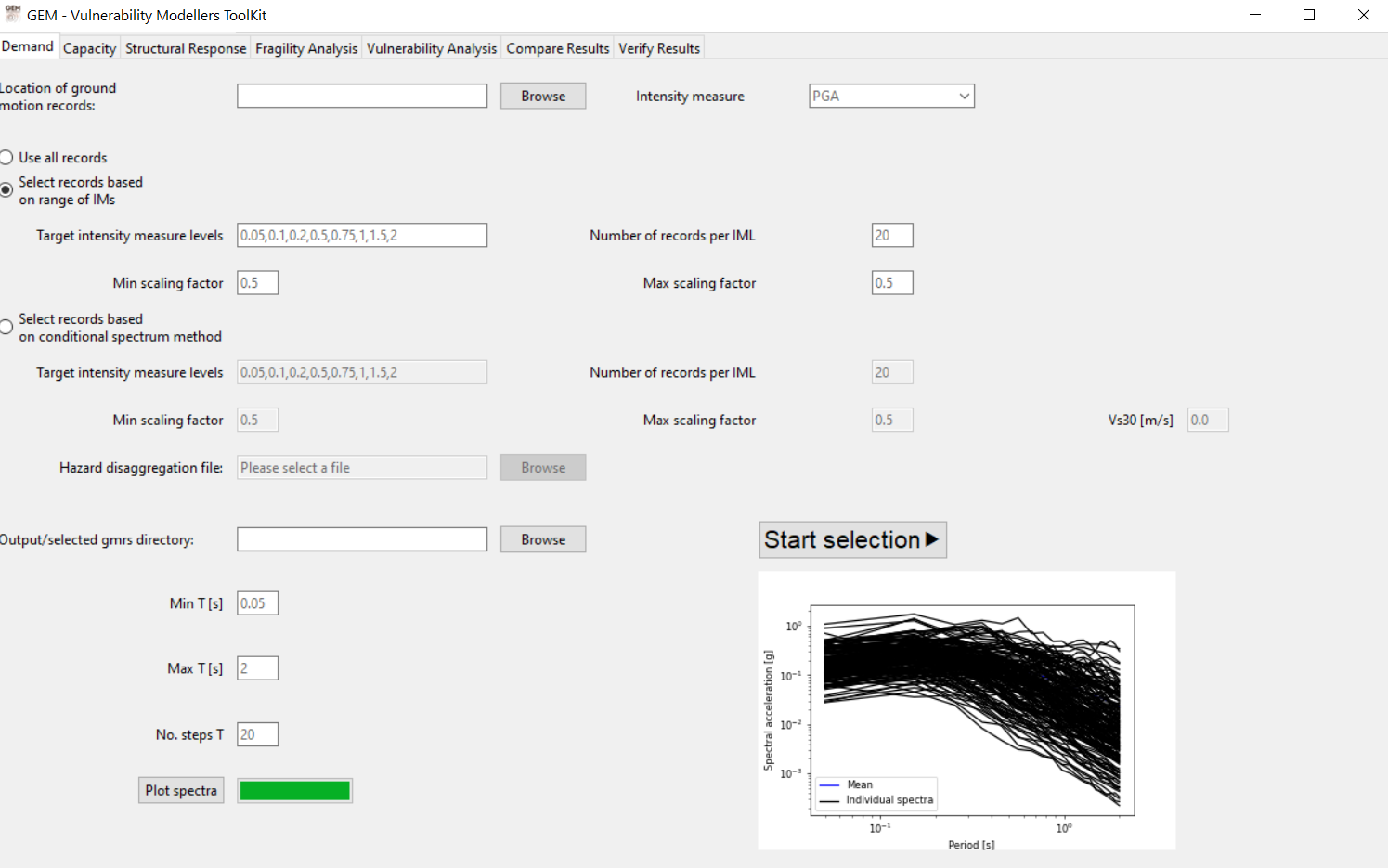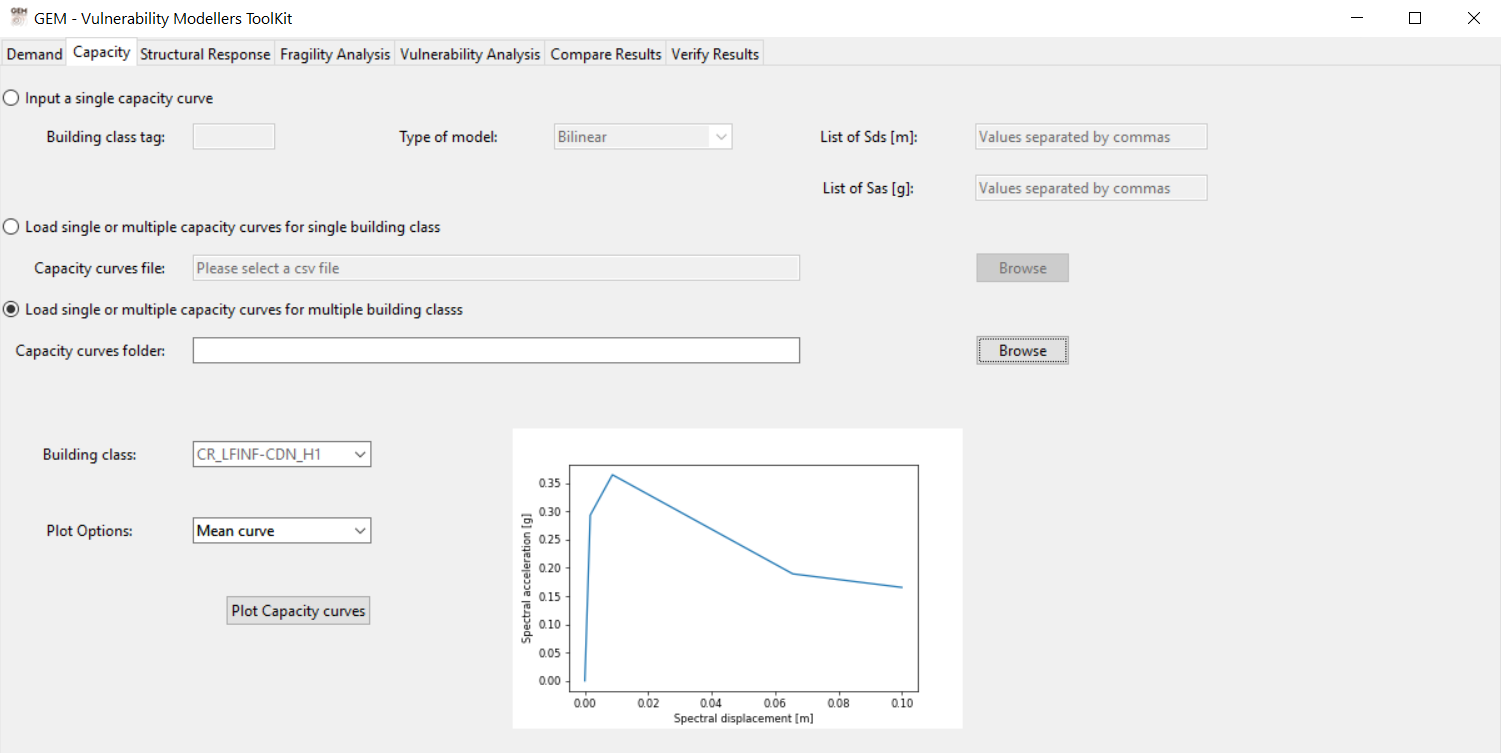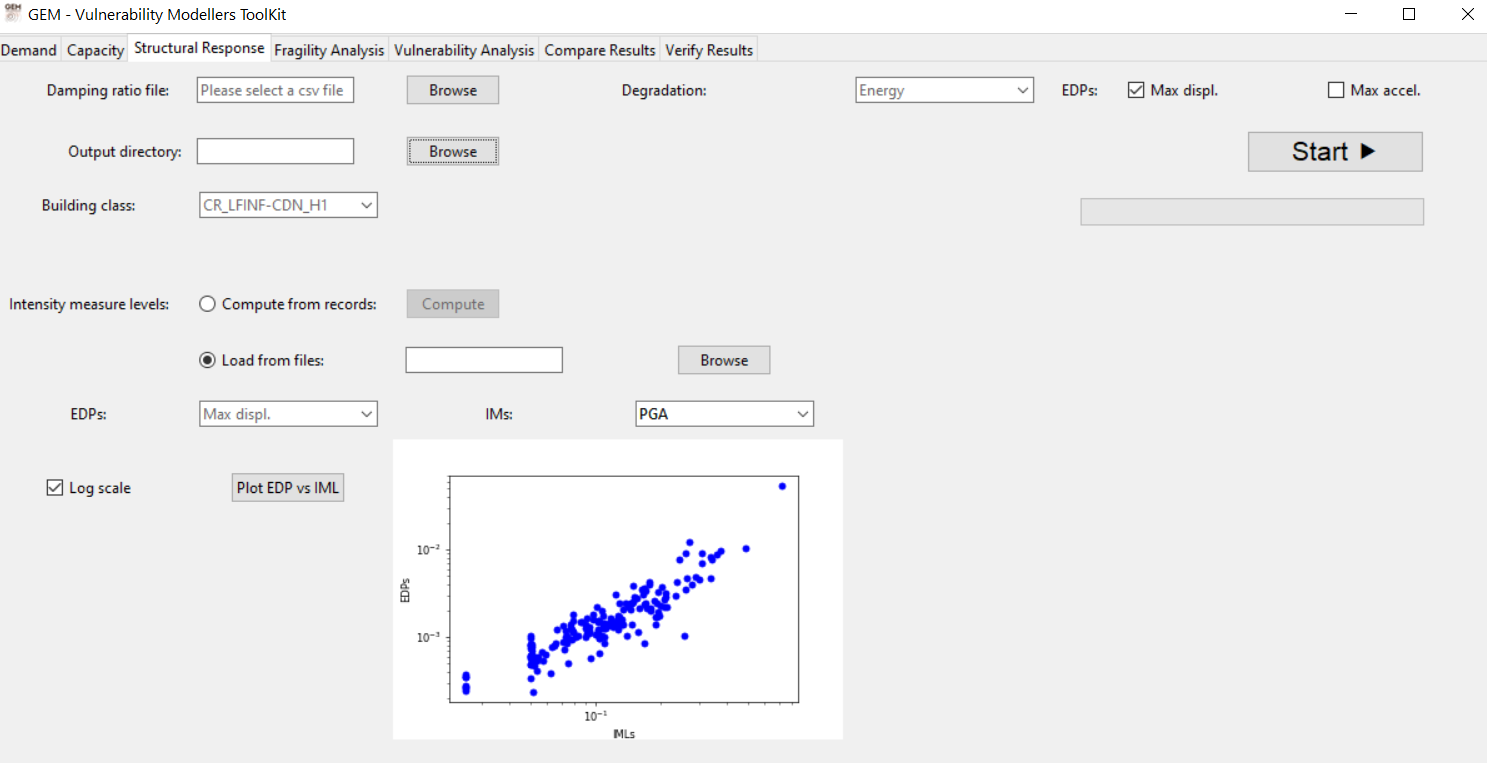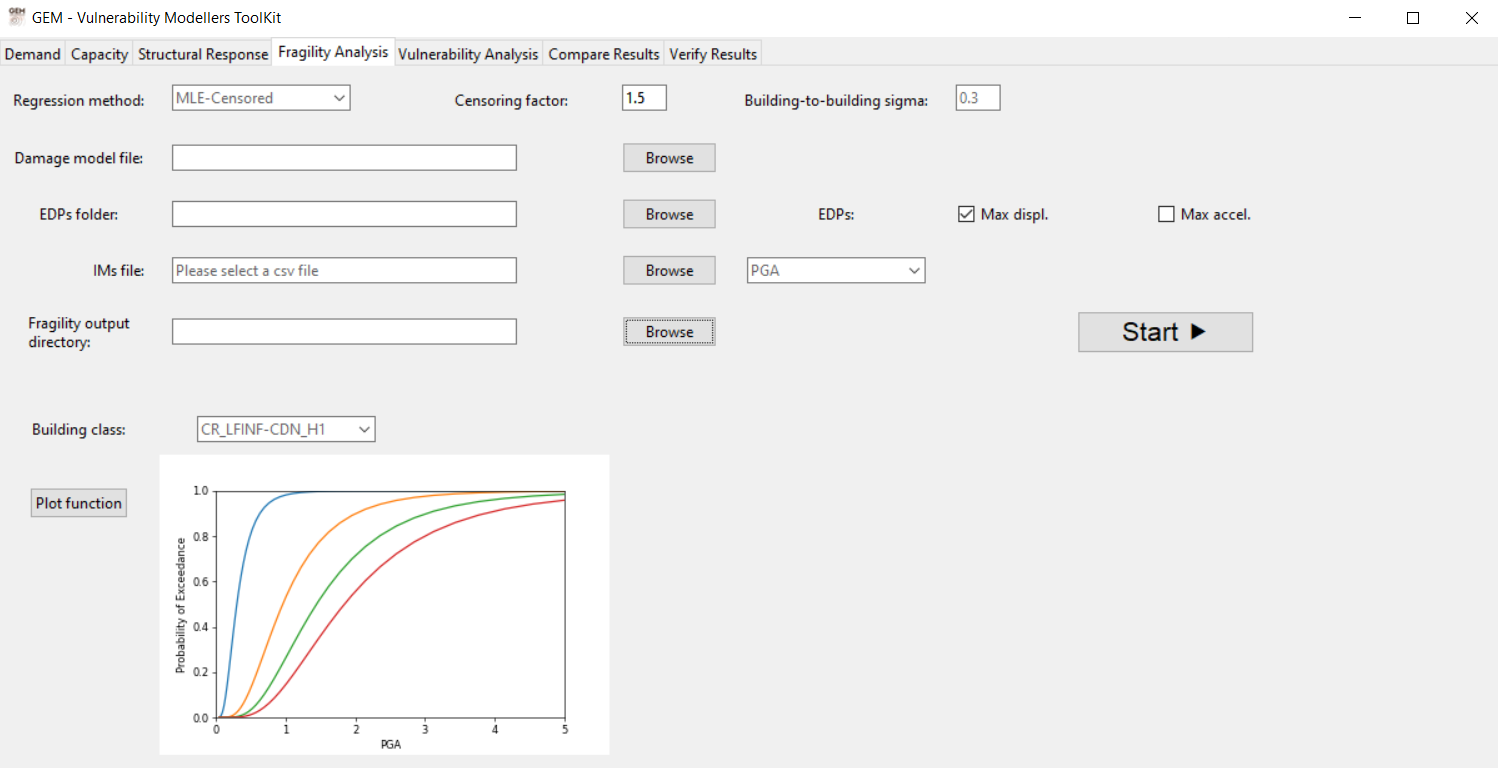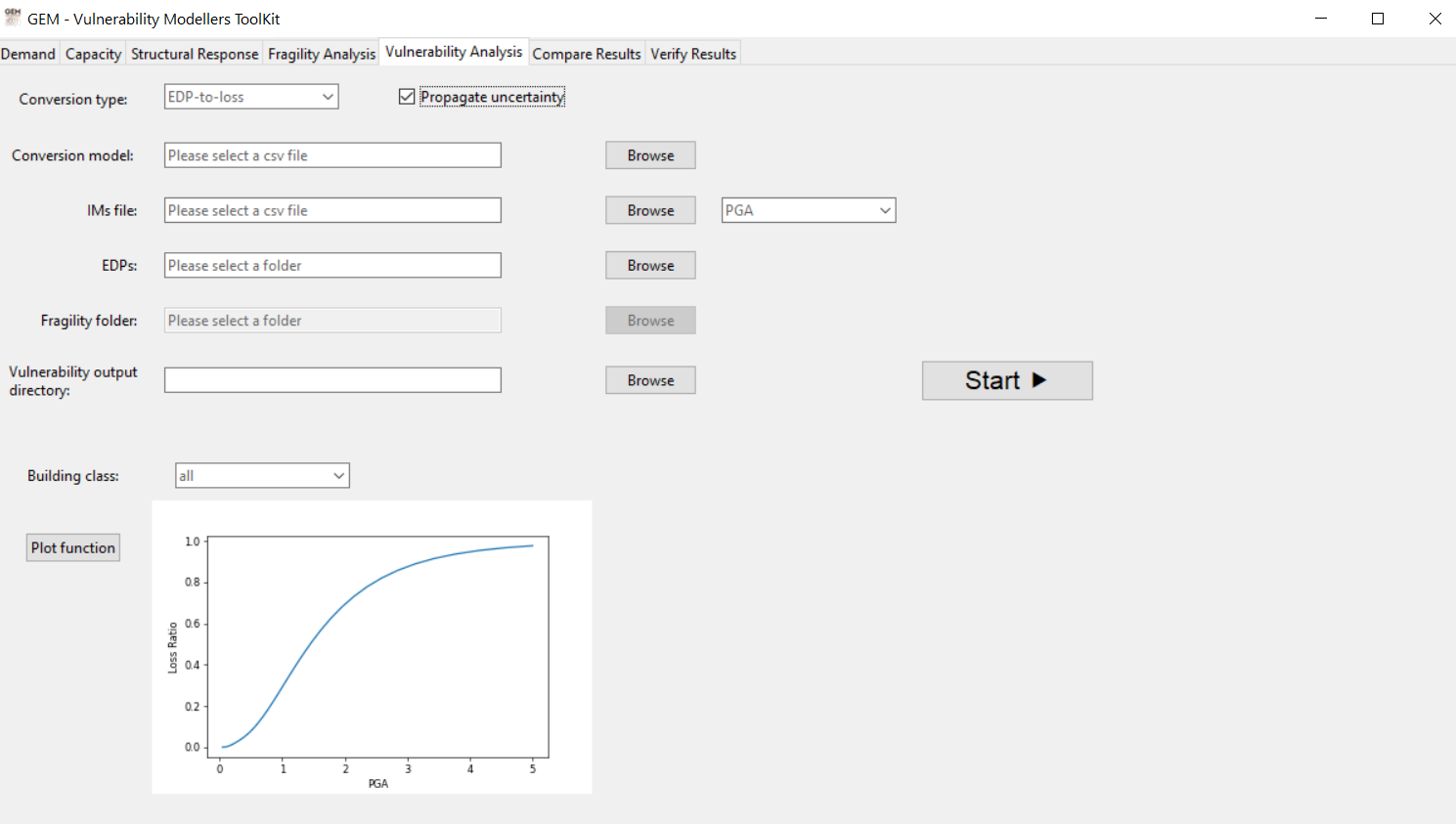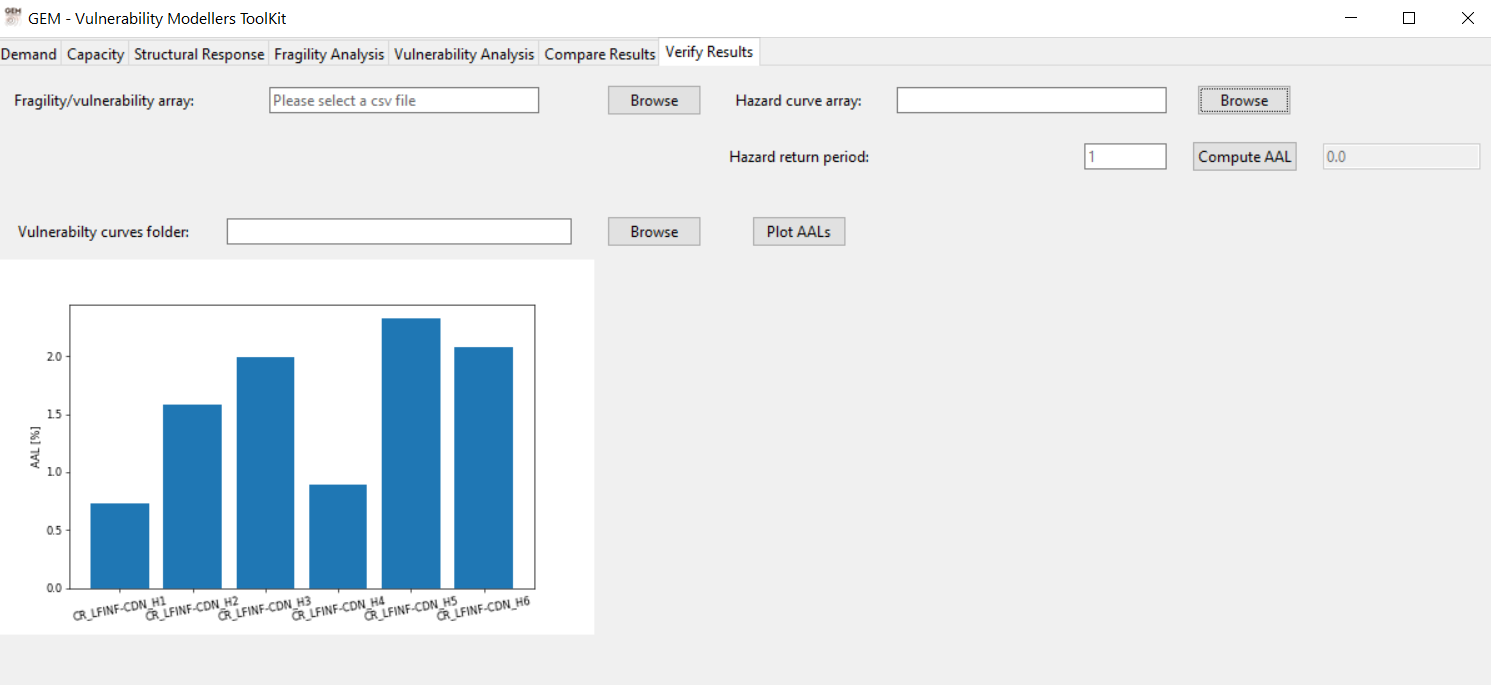This is the web repository of the Vulnerability Modeller's ToolKit (VMTK). The VMTK is a suite of tools developed by scientists working at the Global Earthquake Model (GEM) Foundation. The toolkit is intended to provide earthquake engineers with a comprehensive platform to develop fragility and vulnerability models while allowing a wide flexibility in terms of seismic demand, structural capacity, damage criteria and damage-to-loss conversion
The VMTK is comprised a set of scripts in Python programming language and a Graphical User Interface (GUI). The VMTK is divided into six modules designed to guide the user through the different stages of analytical vulnerability modelling from the selection of ground motion records to the validation and verification of the models.
The toolkit was developed to be easily integrated with other commonly used earthquake engineering software that share the same programming language (namely: OpenQuake and OpenSees).
1. Demand: selection of ground motion records
2. Capacity: definition of structural capacity
3. Structural analysis: nonlinear dynamic analyses on single degree of freedom (SDOF) oscillators to estimate the response of the building under seismic loads
4. Fragility: conversion of the results from the dynamic analyses into fragility functions
5. Vulnerability: derivation of vulnerability functions
6. Comparison: compare the results with other available models
7.Verification: validation of the results through the calculation of average annual losses and other common risk metrics
To install all dependencies using pip, run the following command:
pip install -r requirements.txt
The dependencies are as follows: glob, itertools, math, matplotlib, numpy, openseespy, os, pandas, pyrotd, random, scipy, shutil, statsmodels, tkinter, urllib, warnings,
For a successful instalation of OpenSeesPy, MacOS users are recommended to follow the instructions at https://openseespydoc.readthedocs.io/en/latest/src/installation.html.
The toolkit is ready to use after cloning this repository and installing all the necessary dependencies. To start using the Graphical User Interface (GUI) simply navigate to the GUI directory and execute the Start_GUI.py script. Advanced users are welcomed to create their own python scripts with the functions available in the toolkit's source code.
